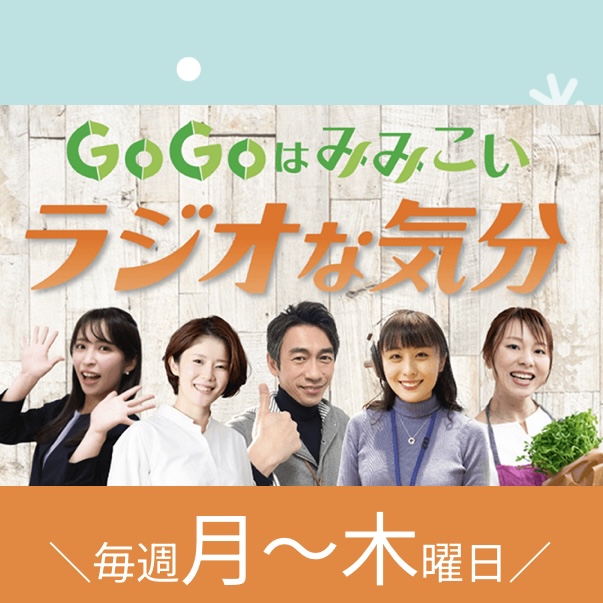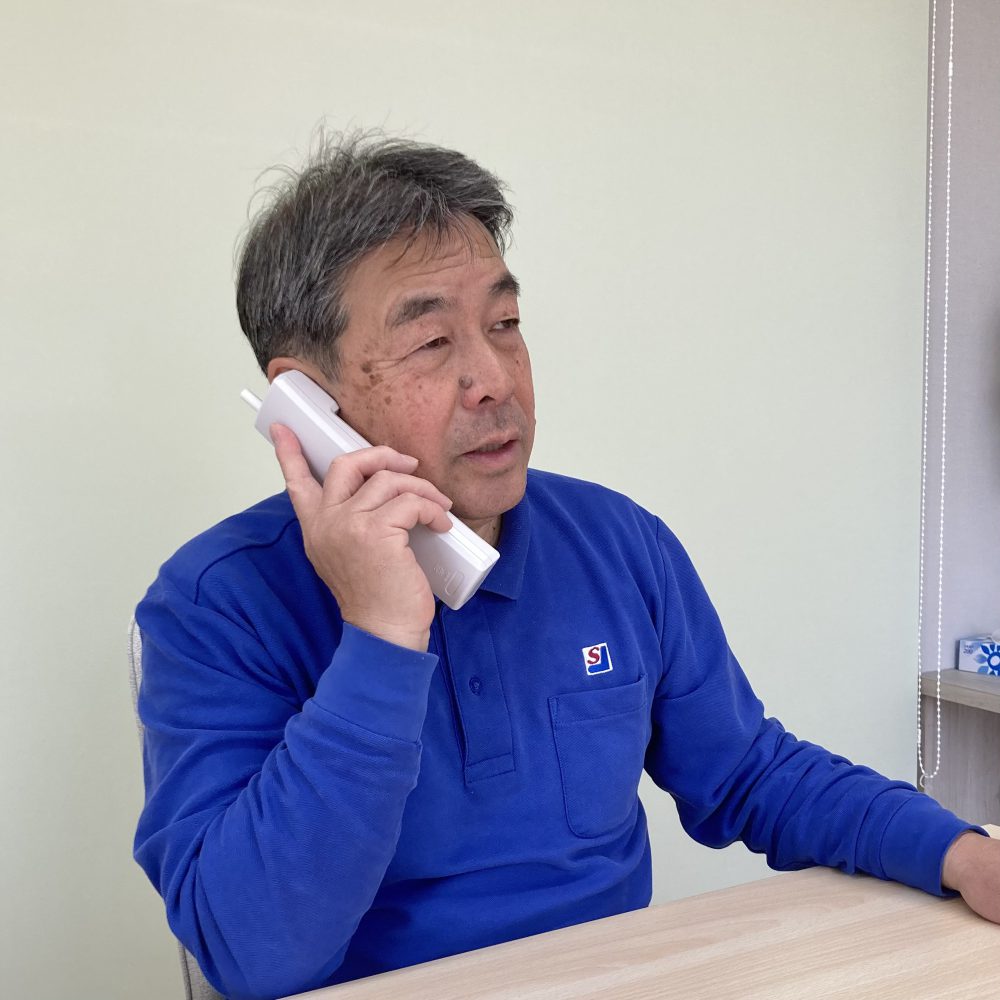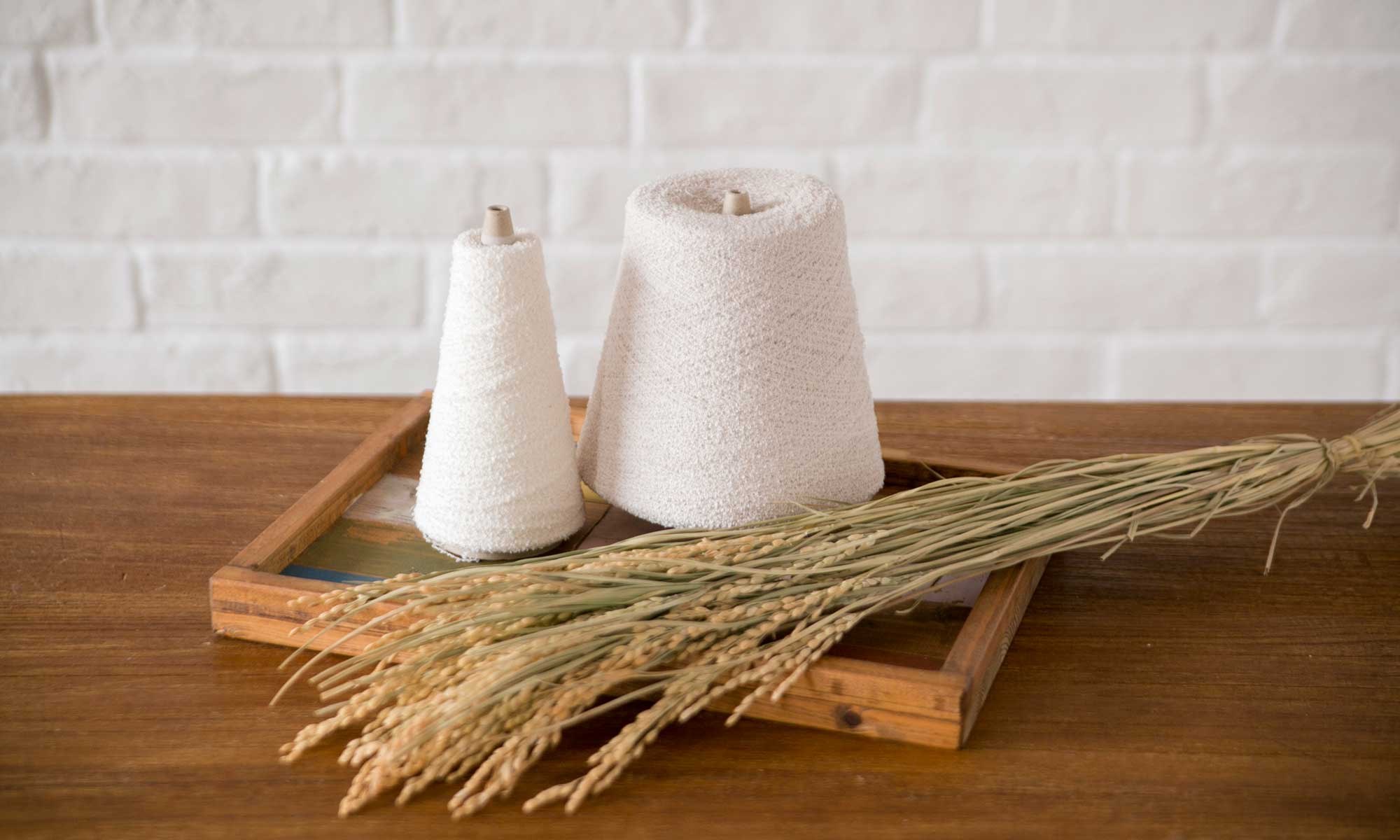
先日の2月13日、東北のtbcラジオ
「GoGoはみみこい ラジオな気分」の「週間SDGsのすすめ」のコーナーに弊社社長が電話インタビューにて出演させていただきました📻
SDGsには、17の目標がありますが、目標12「つくる責任、つかう責任」についてお話しさせていただきました。

鈴木靴下は、当初は子供用靴下の製造からスタートし、その後スポーツソックス市場に参入しました。
過去にはサッカー日本代表のストッキングも製造し、現在もJリーグのサッカーストッキングをスポーツメーカーを通して多く製造しています。
2004年には、農家の経験と靴下製造の知見を組み合わせ、「米ぬかソックス」の開発に乗り出しました。
米ぬか繊維は、レーヨン繊維に米ぬか成分を練り込むことで、保湿性や抗酸化性、消臭機能などの特性を持ち合わせています。
開発経緯には、米ぬかの再利用を目指した弊社社長の情熱があり、数多くの試行錯誤を経て、米ぬか繊維を用いた初の靴下が誕生しました。
現在では年間約20万足を生産し、その際には年間約900kgの米ぬかを使用しています。
今後は、この独自の米ぬか繊維の可能性をさらに広げ、国内外に向けてその魅力を伝えていくことを目指しております。
tbcラジオの皆様、ラジオをお聞きくださった方、ありがとうございました。
On 13 February, our president appeared in a phone-in interview on tbc radio in the Tohoku region.
Our president appeared in a telephone interview on the ‘Weekly SDGs Recommendations’ corner of the ‘GoGo Hamimikoi Radio Na Mood’ program on 13 February.
The SDGs have 17 goals, and I spoke about Goal 12 “Responsibility to Create, Responsibility to Use”.
Suzuki Socks started by manufacturing children’s socks and later entered the sports socks market.
In the past, the company also manufactured stockings for the Japanese national football team and still produces many football stockings for the J-League through sports manufacturers.
In 2004, the company combined its experience as a farmer with its knowledge of sock production and embarked on the development of ‘rice bran socks’.
Rice bran fiber is made by kneading rice bran components into rayon fiber, which has properties such as moisture retention, antioxidant properties, and deodorant functions.
The development process was driven by our president’s passion for the reuse of rice bran, and after numerous trials and errors, the first socks using rice bran fiber were born.
Today, approximately 200,000 pairs are produced annually, using approximately 900 kg of rice bran annually.
In the future, the company aims further to expand the potential of this unique rice bran fiber and communicate its appeal both domestically and internationally.
Thank you to everyone at tbc radio for listening to the radio.
